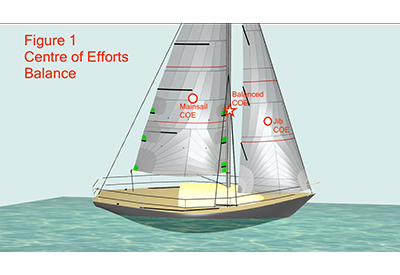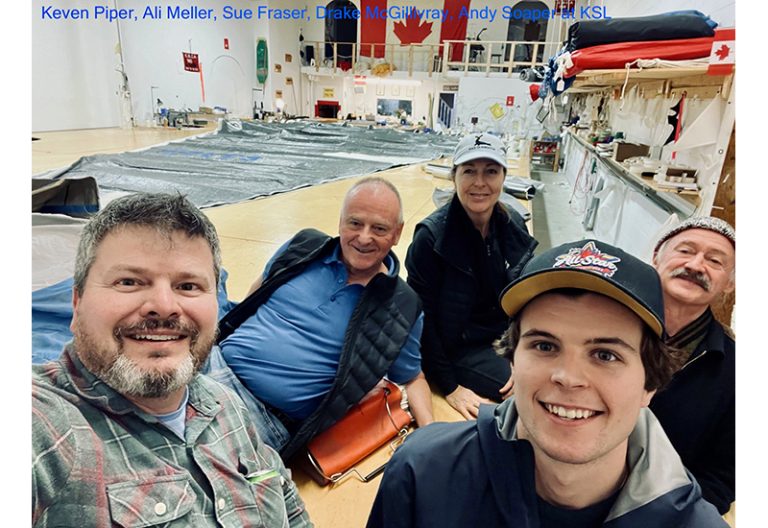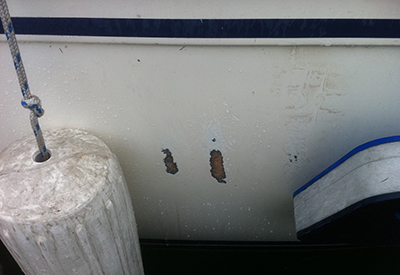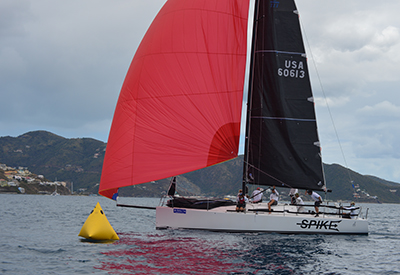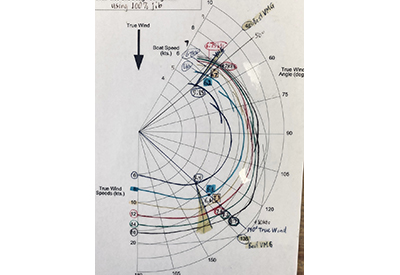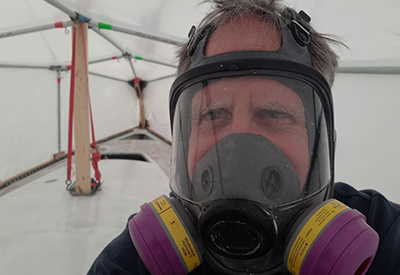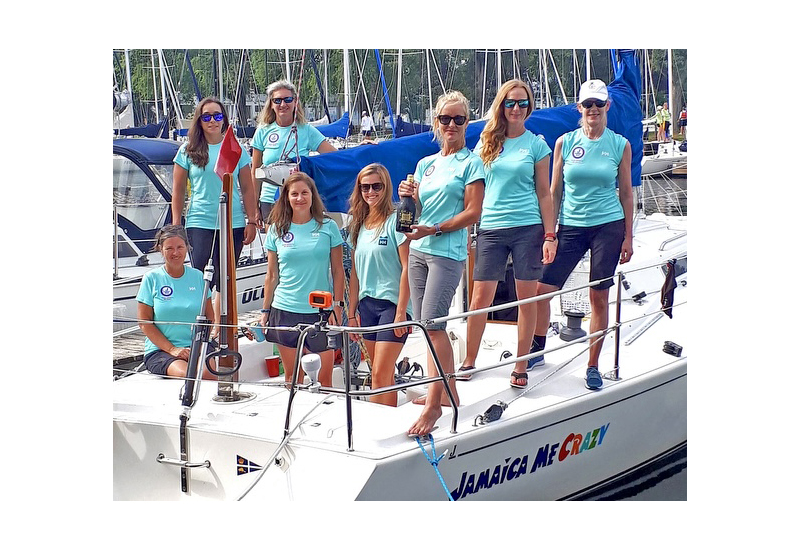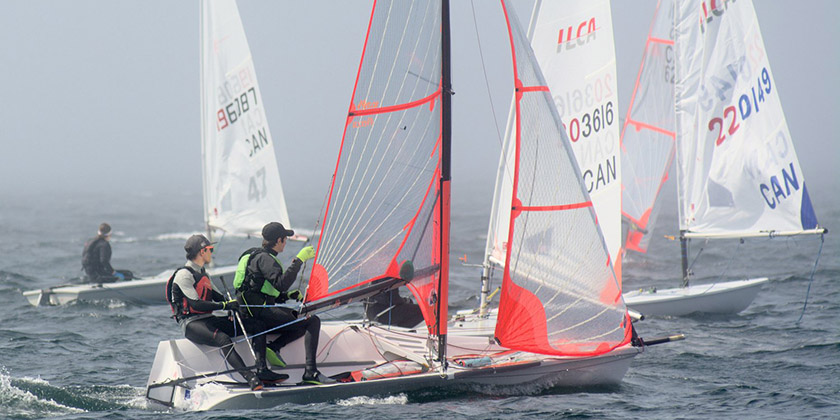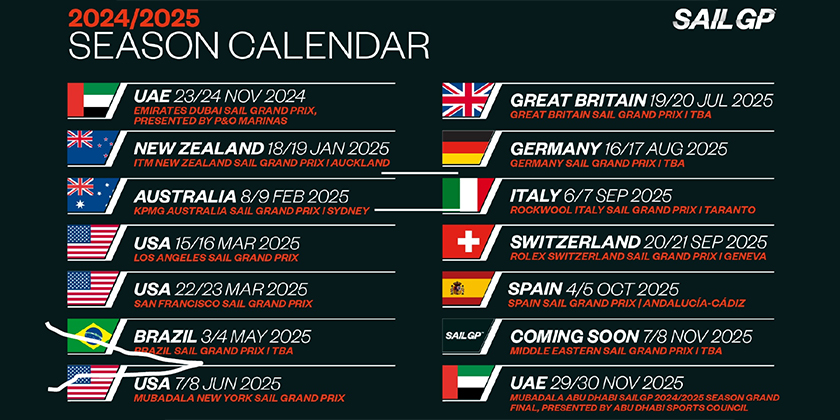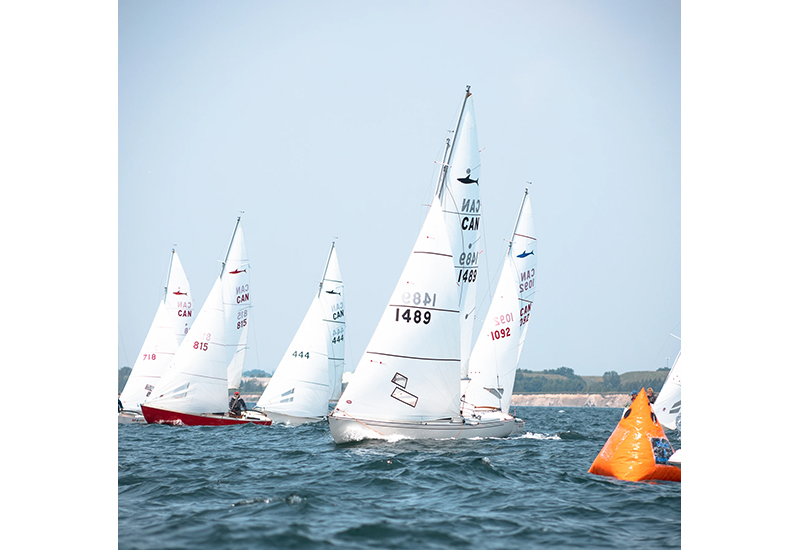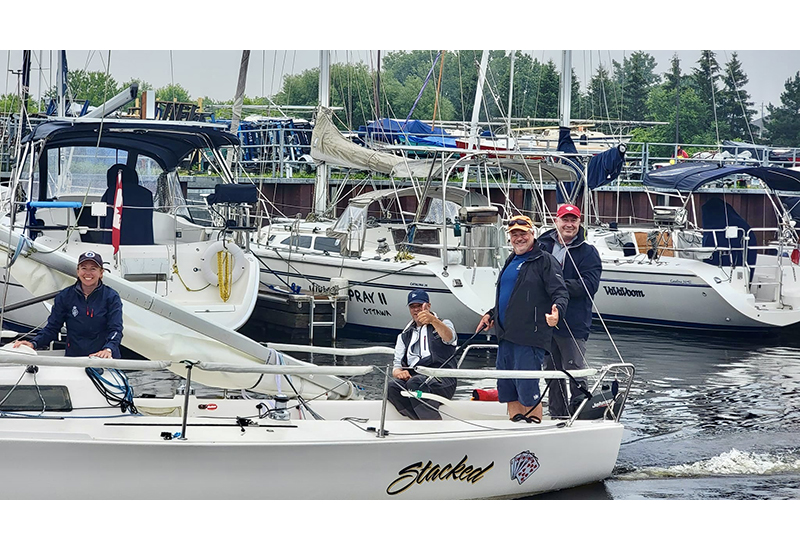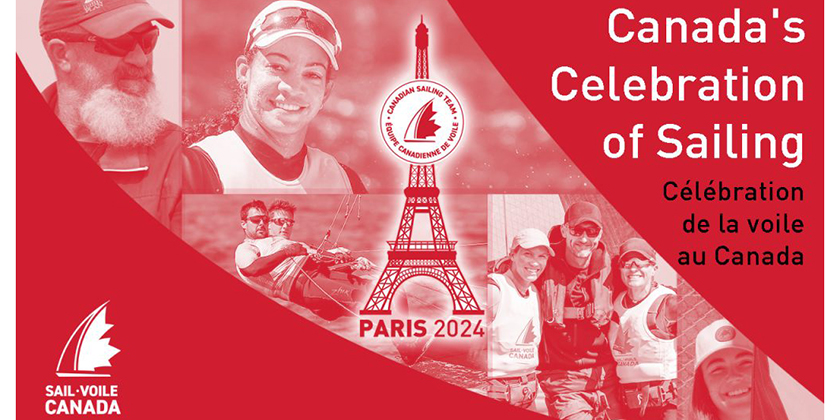Keven Talks Sails: Windy Day Upwind Sailing
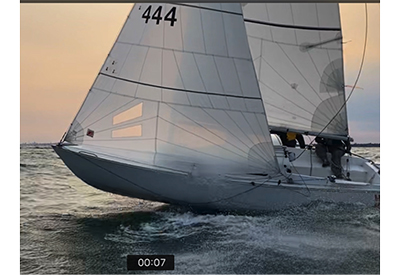
July 22, 2021
It has been remarkably windy lately, so I figured I should share some windy day techniques to make your sailing easier and faster. I’ve been club racing with my 13 year old son driving lately, so I figured I should share with you what I shared with him.
Go Fast First
This is my mantra most of the time, but it is even more helpful when windy and wavy. To make your keel and rudder work to convert the sail force into forward movement, the water flow has to be established and the foils need to create lift. Slow is sideways!
Going with your smaller headsail is a good place to start, but don’t immediately max out all of your sail flattening controls yet. Going to a smaller headsail is going to decrease your power, so you will need to power things up a bit from when you were max depowered with your large sail.
Start out with your sails slightly eased until the boat gets moving well. Gently start sheeting in harder and straightening out the leeches until the boat gets grumpy and steers poorly. When it does this, you have gone too far.
Balance the Boat
When it is breezy, move your crew weight aft. It is important to keep your helm under control, making sure it is in the water helps! Hiking to reduce heel also helps keep things balanced, so try to keep crew and driver to windward. The driver can see the puffs coming on the windward side and is able to anticipate steering for them.
Watch the Sail Luffs
A good rule of trim is to have both main and jib luff at the same time. This keeps the loading of each sail balanced together and is much easier to steer the boat. The most common mistake is that the jib is sheeted in hard and the main is floating along for the ride and not doing much of the heavy lifting. The jib trim needs to give the main a chance to work, so if the main is completely luffing in the puffs, try twisting the jib some more and reduce the backwind on the mainsail. If you are struggling, don’t worry if the tops of the sails are luffing before the bottom, they should be. If you are still having trouble ease out both sails a bit, go fast and make some progress to windward instead of luffing.
Monster Truck the Waves
I was taught to steer up the front and bear off down the back of waves. I’m sure this works on long swells, but on the Great Lakes, or most venues I’ve raced on the coast or Caribbean Islands have choppy and messy waves. With a messy set of waves coming, just crack sheets a bit and power through them, maybe even with a bit of extra heel to keep the bow from slamming. Try to get an extra 0.3-0.5 knots of speed in anticipation of the monsters, blast through them, and sheet in after to keep your height.
{youtube}qU5y8lwUtaU{/youtube}
What shall we discuss next month? How about choosing a UV cover for your sails?
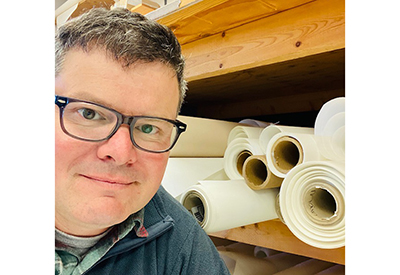 Keven Piper – Sailmaker, Bay Sails, Hamilton, Ontario
Keven Piper – Sailmaker, Bay Sails, Hamilton, Ontario
Keven Piper, two-time Shark 24 World Champion, founded Hamilton, ON-based Bay Sails in 1998.
email: baysails@gmail.com

